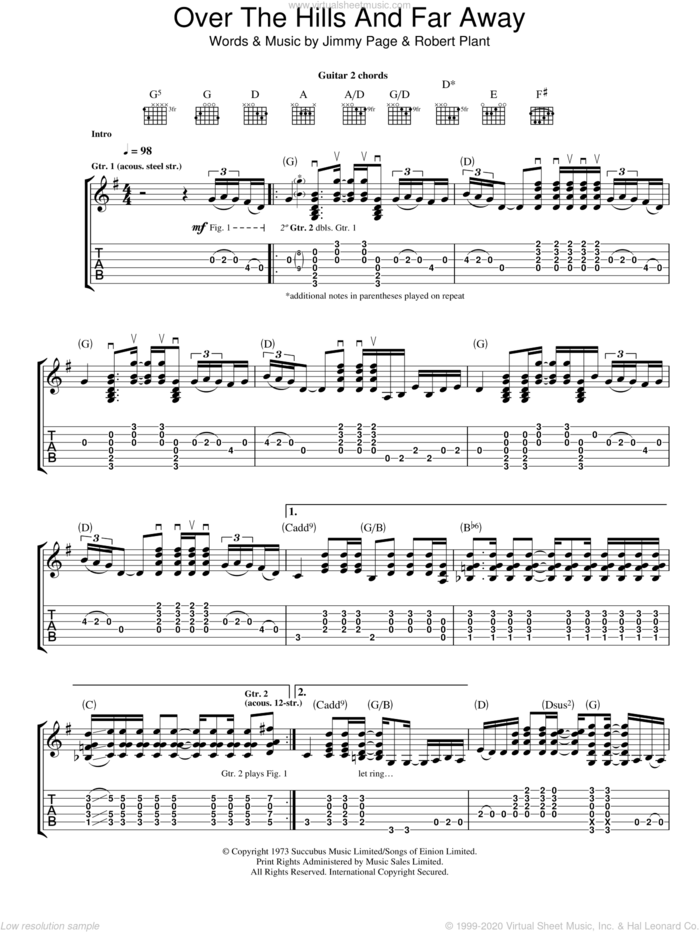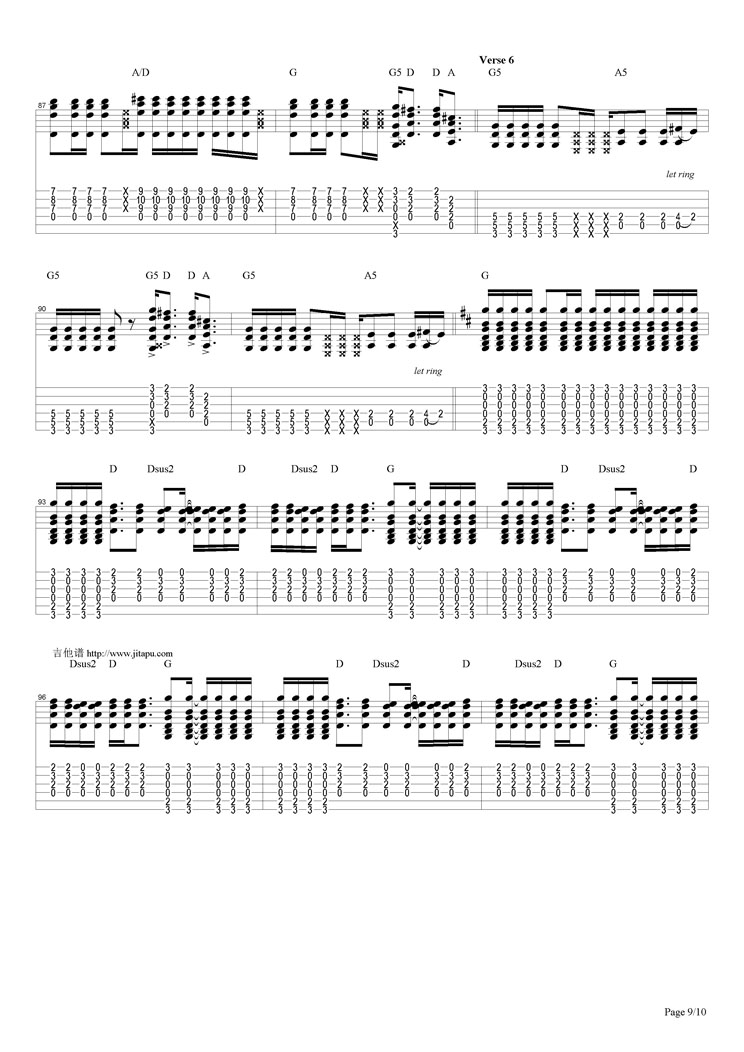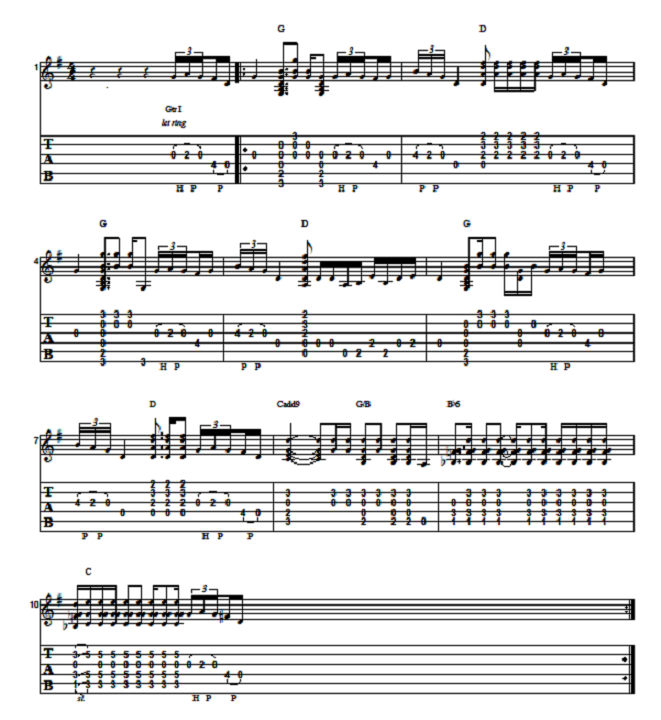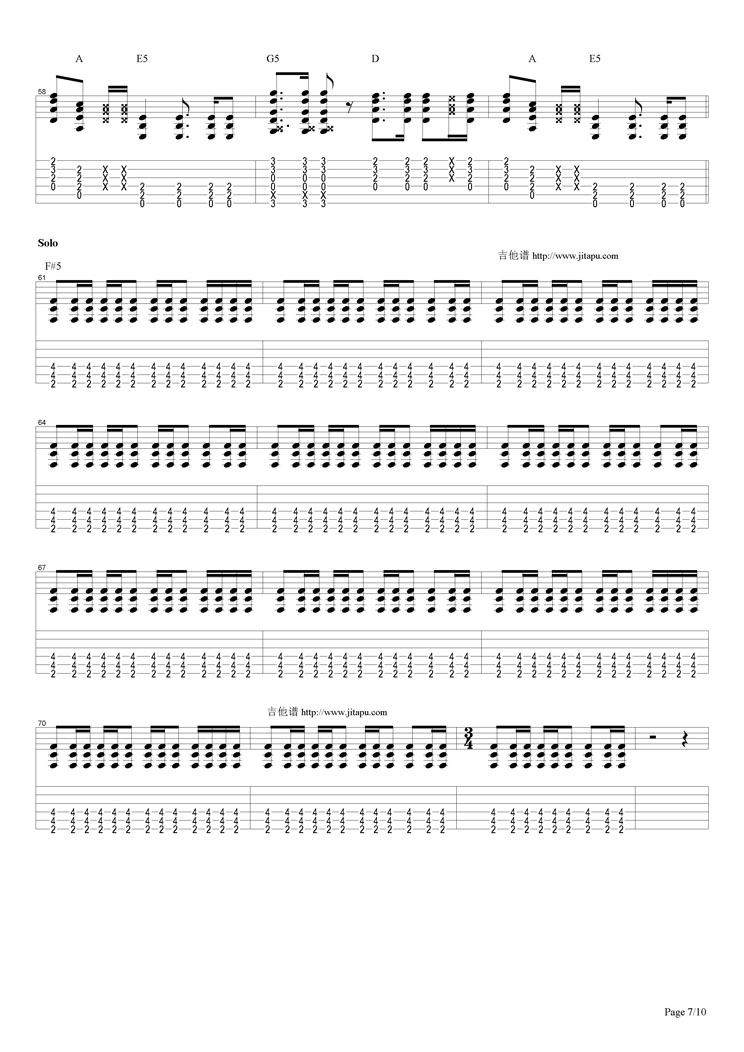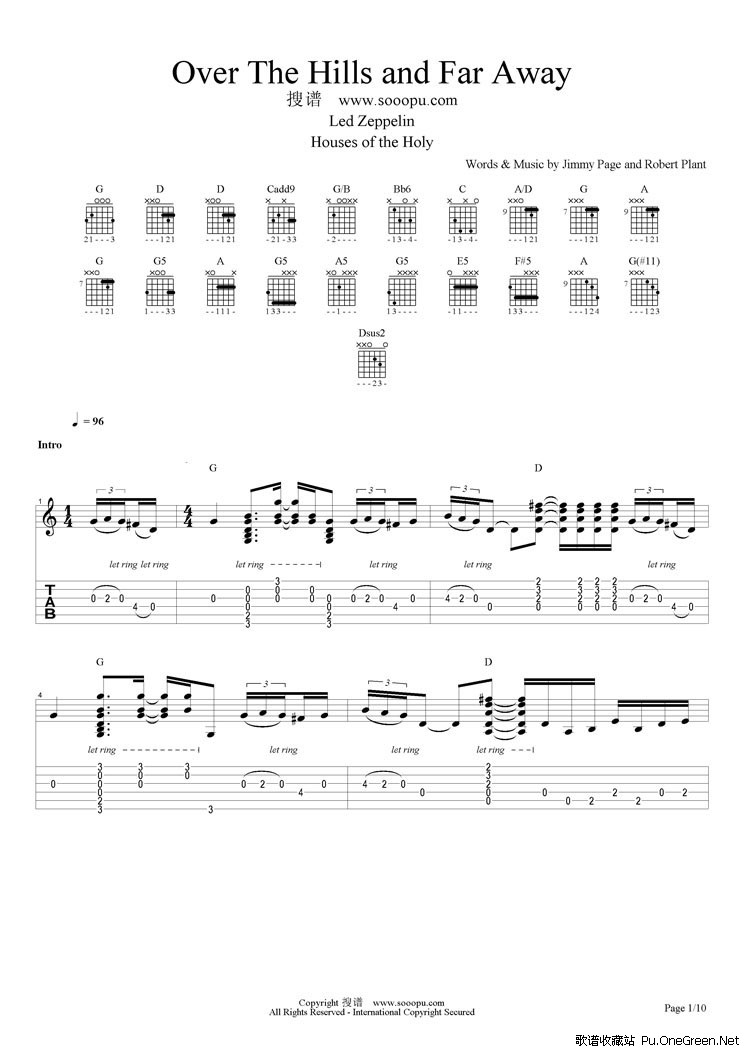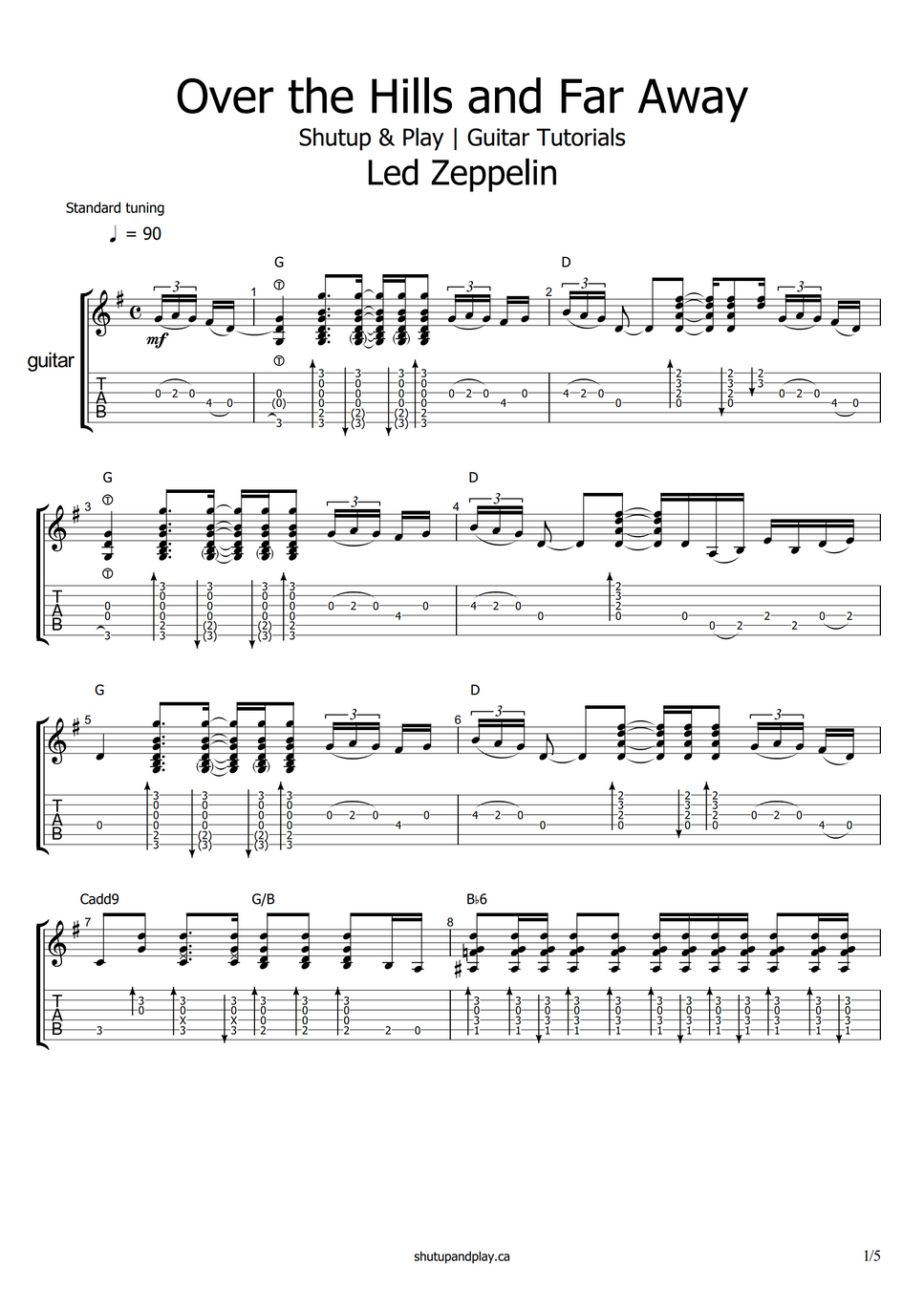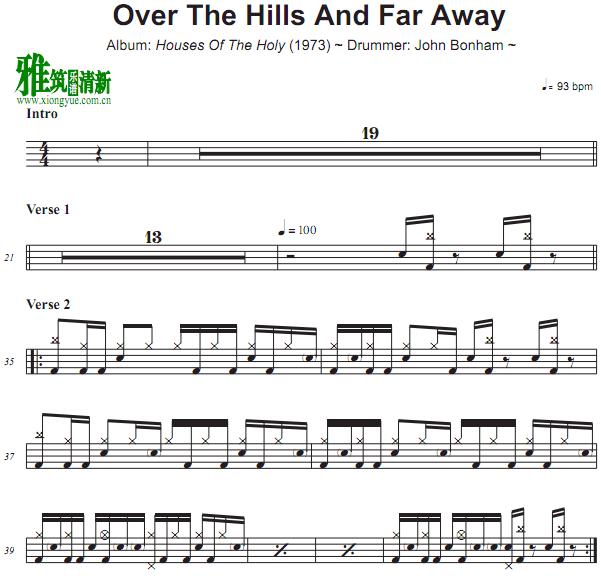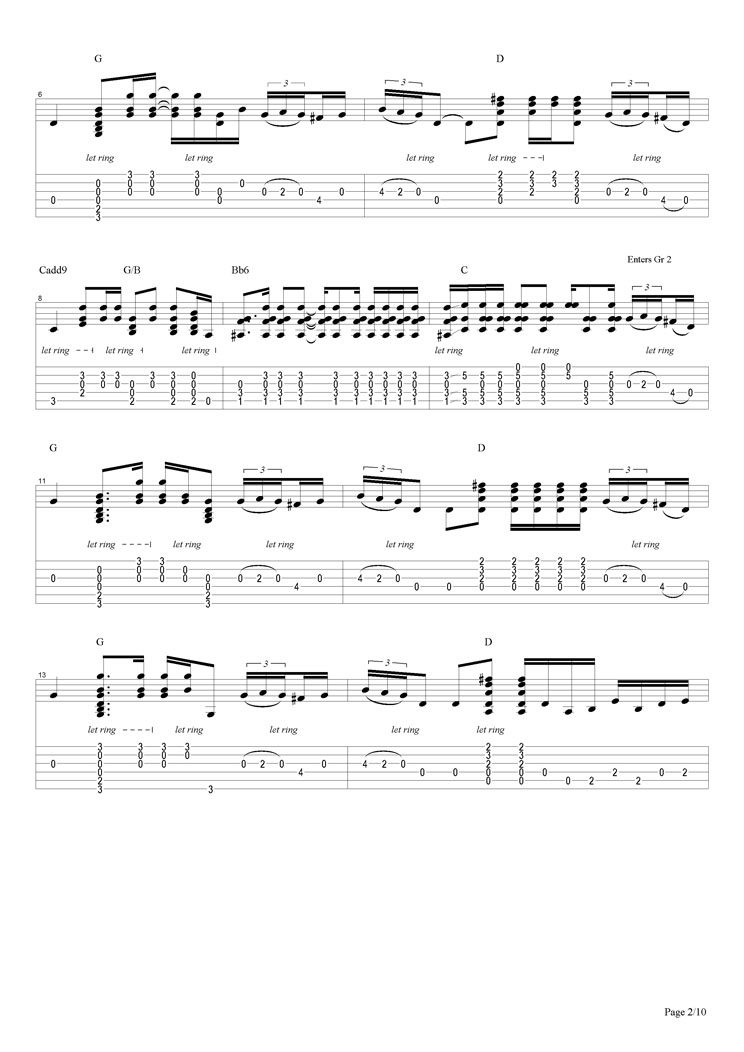How To Play Over The Hills And Far Away Guitar
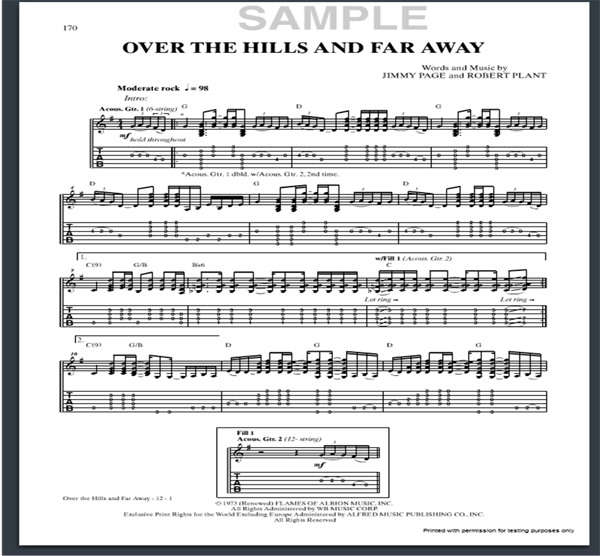
So, you wanna learn to play Over The Hills And Far Away on guitar? Awesome choice! This song is a classic, and trust me, it's totally doable, even if you think your guitar skills are currently "slightly less than legendary."
Getting Started: The Basics
First things first: You'll need a guitar, obviously! Any acoustic or electric guitar will work perfectly fine. Don't stress about having the fanciest instrument; a decent, playable guitar is all you need to embark on this musical journey.
Now, let's talk chords. The main chords for Over The Hills And Far Away are actually pretty friendly. We're talking common chords like Em (E minor), C (C major), G (G major) and D (D major).
Chord Diagrams: Your New Best Friends
Chord diagrams might look like hieroglyphics at first glance, but they're secretly super helpful. They basically show you where to put your fingers on the fretboard to create each chord.
Imagine your fretboard is a map, and your fingers are tiny explorers, charting new territories of musical awesome-ness! There are tons of free chord diagrams available online, so just search for the chords mentioned earlier, and you'll find a visual guide to conquer those chords in no time.
Learning the Main Riff
Okay, now for the juicy part: the main riff! This is the iconic melody that everyone recognizes. It sounds impressive, but honestly, it's based on a pretty simple pattern of notes.
The original by Led Zeppelin is played on acoustic guitar and mandolin. For example, you can start with the Em chord and try to pluck the string individually to find your way through the notes. You don’t need to learn to play it exactly, just play what you are comfortable with.
Start slow. Seriously, turtle-slow. It's much better to play it perfectly at a snail's pace than to fumble through it like a caffeinated squirrel. Speed comes with practice!
Practice Makes Progress (Not Perfection!)
Let's be real, nobody nails a song perfectly on their first try (unless you're some kind of guitar prodigy sent from another planet, in which case, please teach me your ways!).
The key is consistent practice. Aim for 15-30 minutes a day. Even short bursts of practice can make a huge difference over time. Imagine building a musical empire, brick by brick, one practice session at a time.
Don't get discouraged if you mess up! Everyone does. Embrace the mistakes, laugh them off, and keep going. Think of them as little "learning opportunities" disguised as frustrating noises.
Putting It All Together
Now that you know the chords and the riff, it's time to combine them! This might feel a little awkward at first, like trying to dance while juggling chainsaws (please don't actually try that).
But with a little patience and persistence, you'll start to feel the song come together. Listen to the original recording to get a feel for the rhythm and timing.
Most importantly, have fun! Playing guitar should be enjoyable. If you're not having a good time, take a break, listen to some music, and come back to it later. If you are, try to perform it in front of the crowd, or upload to Youtube.
Bonus Tip: Simplify If You Need To
If the original version feels too challenging, don't be afraid to simplify things! There are tons of easy guitar tabs and chord charts available online that offer simplified versions of the song.
Remember, the goal is to have fun and make music that you enjoy. So, feel free to adapt the song to your own skill level and style.
And who knows, maybe one day you'll be shredding Over The Hills And Far Away like Jimmy Page himself! Okay, maybe not exactly like him, but you'll be playing it, and that's what matters!

